#cavalry
Text


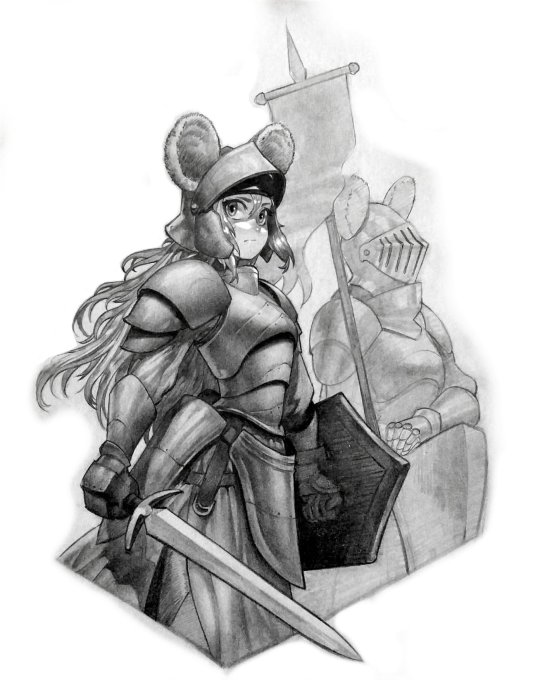


Ratkin Knights (1, 2, 3, 4, 5) by Gemi Ningen
#Gemi Ningen#rimworld#beastman#mouse people#ratkin#dual wield#plate armor#knight#shield#sword#standard bearer#greatsword#crossbow#robot#animal companion#hamster#cavalry#rimworld mods are wild like that
2K notes
·
View notes
Text

Morrowind: Redoran Watchman
Along the rock-strewn roads
Of Western Gash
Through tracts of ash
And streams of molten stone
With pikes on guard
They ride toward
Blight-kissed Falasmaryon
P.S: The full set of armour of the Redoran Watch is featured in "Tamriel Rebuilt".
P.P.S: Digital painting. Made in Krita (5.1.5). Feel free to repost, re-upload etc.
#morrowind#elder scrolls#tamriel#digital art#nix hound#house redoran#dunmer#tes fanart#vvardenfell#crpg#digital painting#baroque#elder scrols online#morrowind lore#morrowind mods#morrowind art#tes morrowind#my art#artwork#cavalry#rpg#morrowind creatures#krita#kritaart#digital artist#dark elf#armor design#armour#fantasy armor#neo baroque
461 notes
·
View notes
Text

Knight Study 02, by Luis De La Cerda
#knight#cavalier#fighter#paladin#cavalry#horse#rider#caparison#heraldry#lance#armour#plate armour#chainmail#chivalry
2K notes
·
View notes
Text
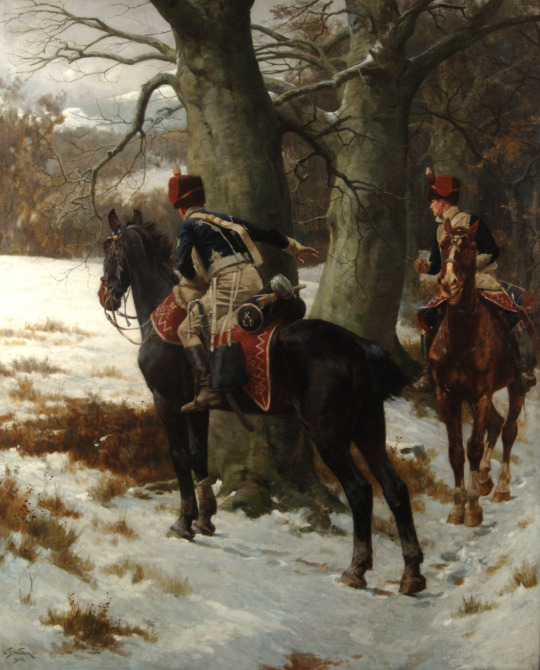
The Scouts (A patrol of the 10th Light Dragoons, Peninsular War)
by William Barnes Wollen
#william barnes wollen#art#peninsular war#napoleonic wars#scouts#dragoons#hussars#great britain#britain#england#british#english#cavalry#history#spain#europe#european#dragoon#hussar#napoleonic#royal hussars#royal#iberian peninsula
202 notes
·
View notes
Text
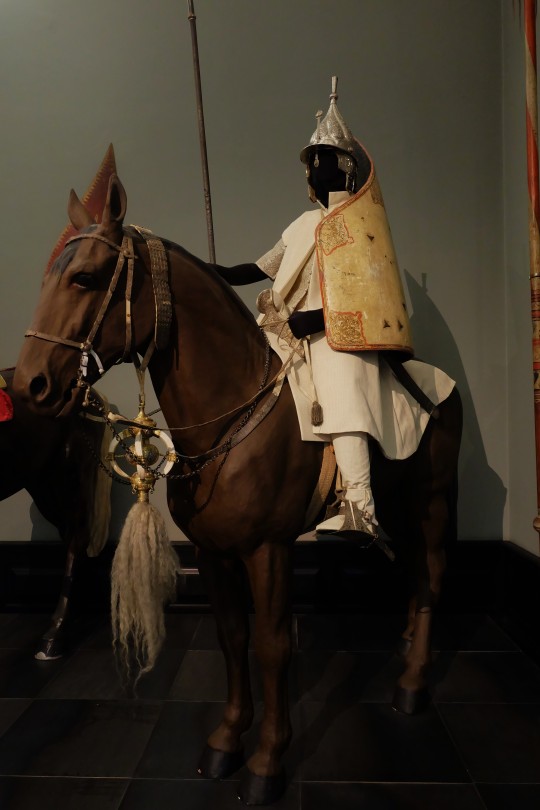
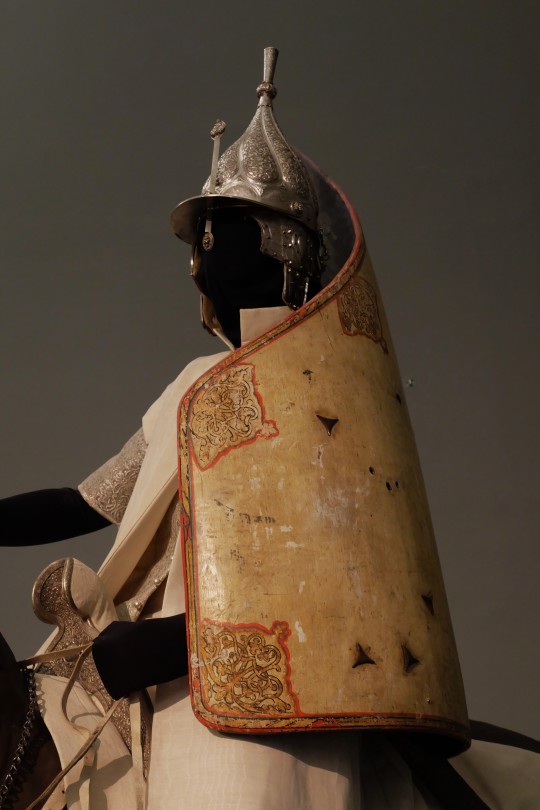
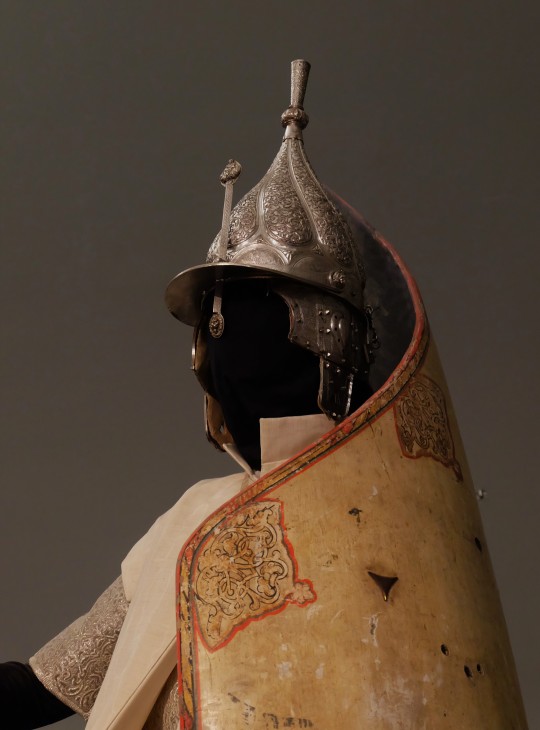
Light Cavalry Armour and Weapons from Wallachia, Romania dated to 1549 on display at the Weltmuseum in Vienna, Austria
Photographs taken by myself 2022
#armour#armor#uniform#fashion#art#romanian#romania#16th century#renaissance#cavalry#military history#weltmuseum#vienna#barbucomedie
713 notes
·
View notes
Text
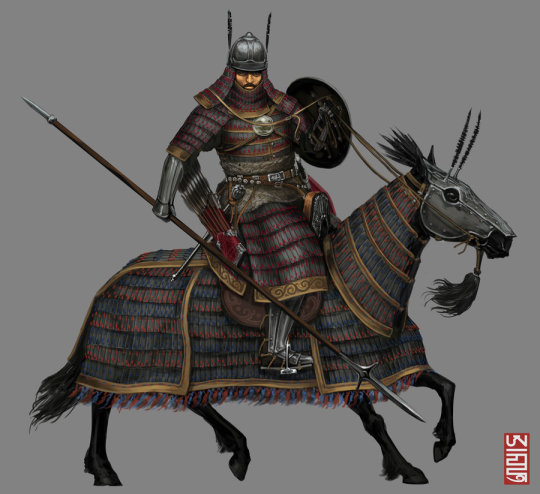
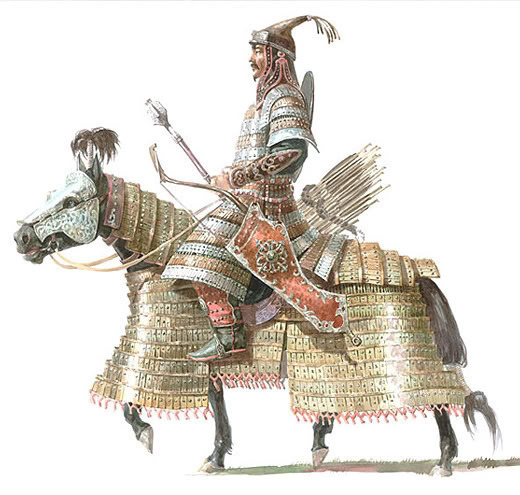
The Forgotten Mongol Heavy Cavalry,
When it comes to legends of the vicious Mongol conquests horse archers seem to be the celebrity rock stars of the Mongol Army who get all the fame and admiration. Depictions of Mongol battles in modern times usually show wild barbarian Mongol horse archers riding circles around enemy formations while showering them with volley after volley of arrows. Missing are the less glorified Mongol heavy cavalry, an absence which I’m sure would make the Great Khan sad because the Mongols had fine heavy cavalry. Not to put down horse archers, but horse archers alone don’t always win battles. While horse archers have their advantages, they also have several weakness and limitations, especially against opposing heavy infantry and cavalry equipped with shields and armor while in a defensive battle formation. What made the Mongols effective was not the mere fact they had horse archers, but because they had better tactics, among them combined arms tactics where they were able to coordinate the abilities of different units to accomplish a goal on the battlefield. This isn’t just a principle of Mongol warfare, but a principle of warfare in general. Whether we're talking ancient times or modern warfare, the side that has better combined arms tactics typically wins.
The early Mongol Army consisted of 60% horse archers and 40% heavy cavalry. Later the Mongols would adopt new units such as heavy infantry, light infantry, siege units, and artillery conscripted from the peoples they conquered. However for this post I’m only referring to the early Mongol Army commanded by Genghis Khan and his general Subutai. The purpose of the horse archers were as skirmishing units; to harass, sow chaos and confusion, and weaken the discipline of enemy ranks. The purpose of the heavy cavalry was to directly engage enemy units in close combat. To do their job, Mongol heavy cavalry were heavily armed and armored, much more so than their horse archer counterparts. They were armored head to toe in lamellar armor composed of metal plates sewn together into a suit. Often this armor also covered the horse as well.
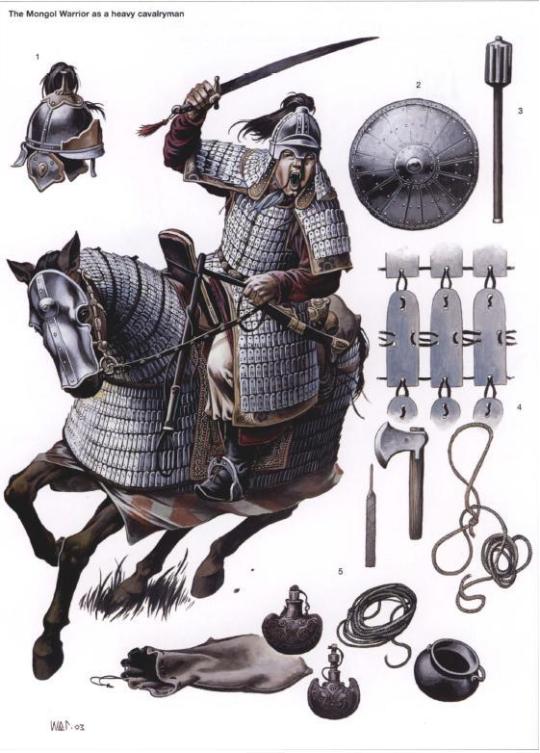
Their primary arm was a lance used to conduct charges. For melee fighting they would carry swords or axes, and also maces for armored opponents. They would also probably carry a shield. Along with their horse archer counterparts, Mongol heavy cavalry also carried a bow in order to engage the enemy at a distance. In essence Mongol heavy cavalry were similar to Middle Eastern or Byzantine cataphracts and European mounted knights.
On the battlefield, Mongol units typically fought in five ranks, the first three ranks composed of horse archers, the last two composed of heavy cavalry. During a Mongol charge, the horse archers would close to around 50 - 100 yards and fire arrows while the heavy cavalry would protect them from counterattack by enemy cavalry. It should be noted that Mongol heavy cavalry were also armed with bows, so likewise would be firing on the enemy as well. After firing, the formation would turn around, resupply with arrows, and remount with fresh horses. They would then repeat the charge again and again until eventually the enemy would weaken, begin to panic, lose discipline, and perhaps break ranks. At that point the heavy cavalry would swoop in and smash the enemy formation. The Mongols also used deceptive tactics which the heavy cavalry would be an essential part. One common tactic was the feigned retreat, where a Mongol unit would pretend to retreat in panic as if defeated. The enemy would in turn charge expecting to chase down and massacre a terrified enemy. To their horror, the Mongols would reform and counterattack, the heavy cavalry at the front to smash the disorganized enemy and the horse archers firing from the rear. Another tactic would be to use the horse archers to draw the enemy into an ambush, where the heavy cavalry would appear from a hidden position and conduct a surprise attack on the enemy flanks or rear.

414 notes
·
View notes
Text
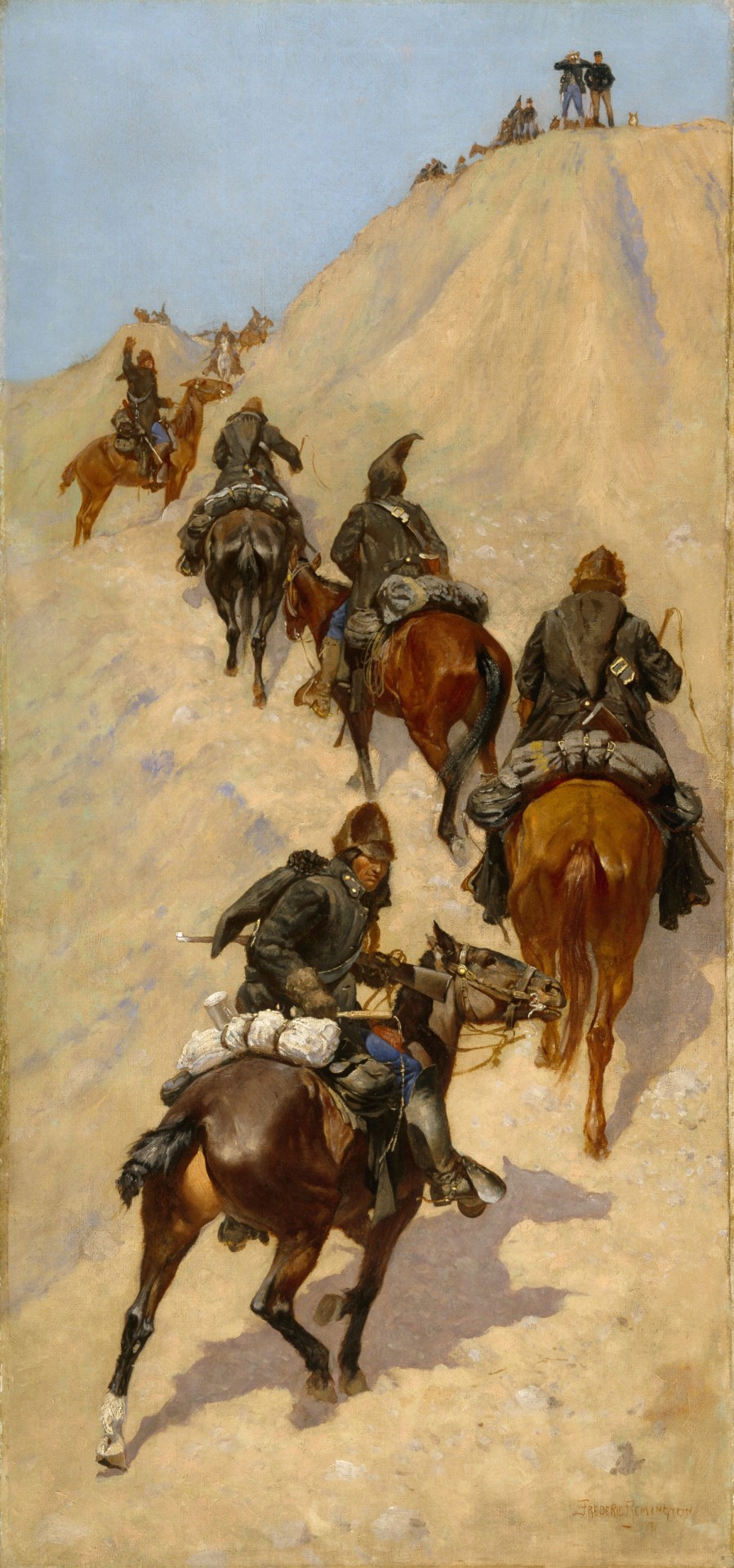
Scouts Climbing a Mountain, Frederic Remington, 1889
#art#art history#Frederic Remington#genre painting#cavalry#American West#Old West#Wild West#American art#Western art#19th century art#oil on canvas#Museum of Fine Arts Houston#MFA Houston
228 notes
·
View notes
Text
Miscellaneous gems from Les Invalides yesterday. I tried my best to reduce the glare from the display cases, but it wasn’t always possible.
Here are three swords that belonged to Murat.

This pair of pistols was gifted to Murat by Cambacérès.
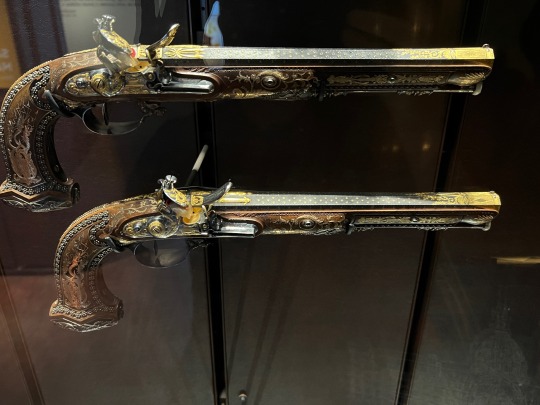
Lasalle’s saber and pipe:

Various cavalry uniforms:


A Marshal uniform of Lannes, with some close-ups of the embroidery:

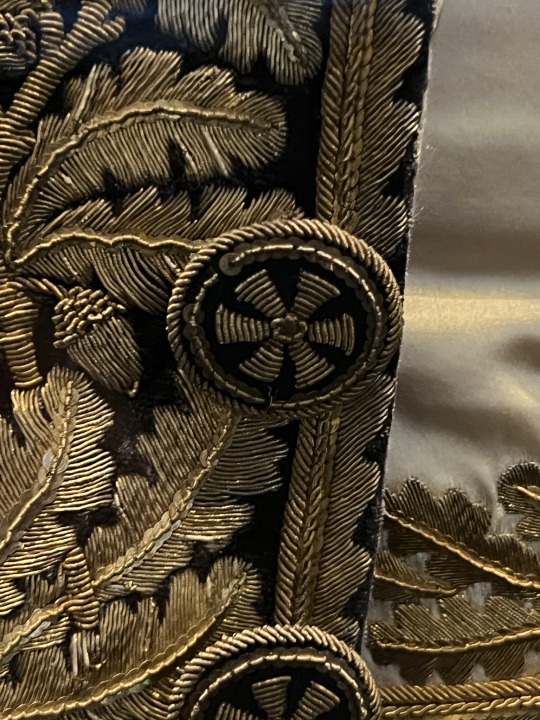

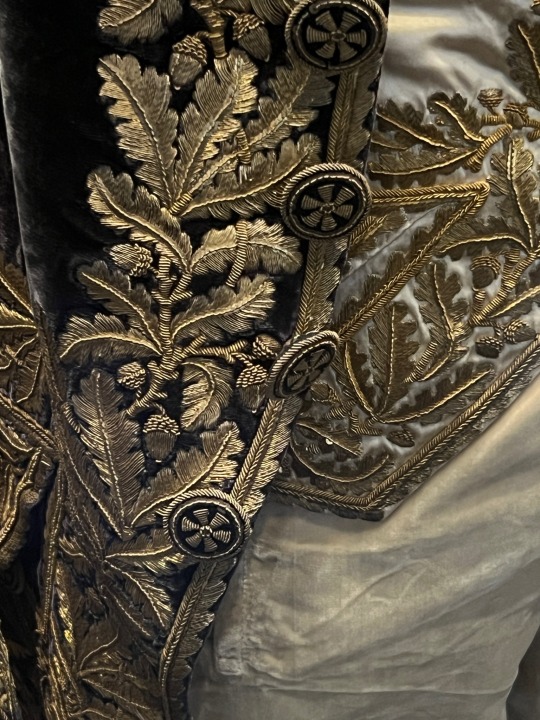
On another note, we just missed potentially seeing the younger Prince Murat, who visited Les Invalides one day after @histoireettralala and I, for the commemoration of Napoleon’s birthday.
#France trip 2023#Napoleon’s marshals#Joachim Murat#Jean Lannes#Napoleonic wars#cavalry#Napoleonic#Antoine Lasalle#Les Invalides
195 notes
·
View notes
Note
Why did bronze age civilizations go aminly on the direction of chariots instead of focusing their efforts into "true" cavalry?
Chariots were terrifying and, for most of their history, devastatingly effective war machines.

Also, it's difficult to have "true" cavalry without access to the stirrup or the saddle.
313 notes
·
View notes
Text

Carte de visite of an Austrian cavalry officer with a fine figure and a smart mustache, c. 1860s
#SIR…#he is beauty he is grace he is a boot heel in your face#19th century#1800s#1860s#19th century men#19th century fashion#historical fashion#fashion history#men's fashion#military fashion#military history#cavalry#19th century photography#cdv#carte de visite
237 notes
·
View notes
Text



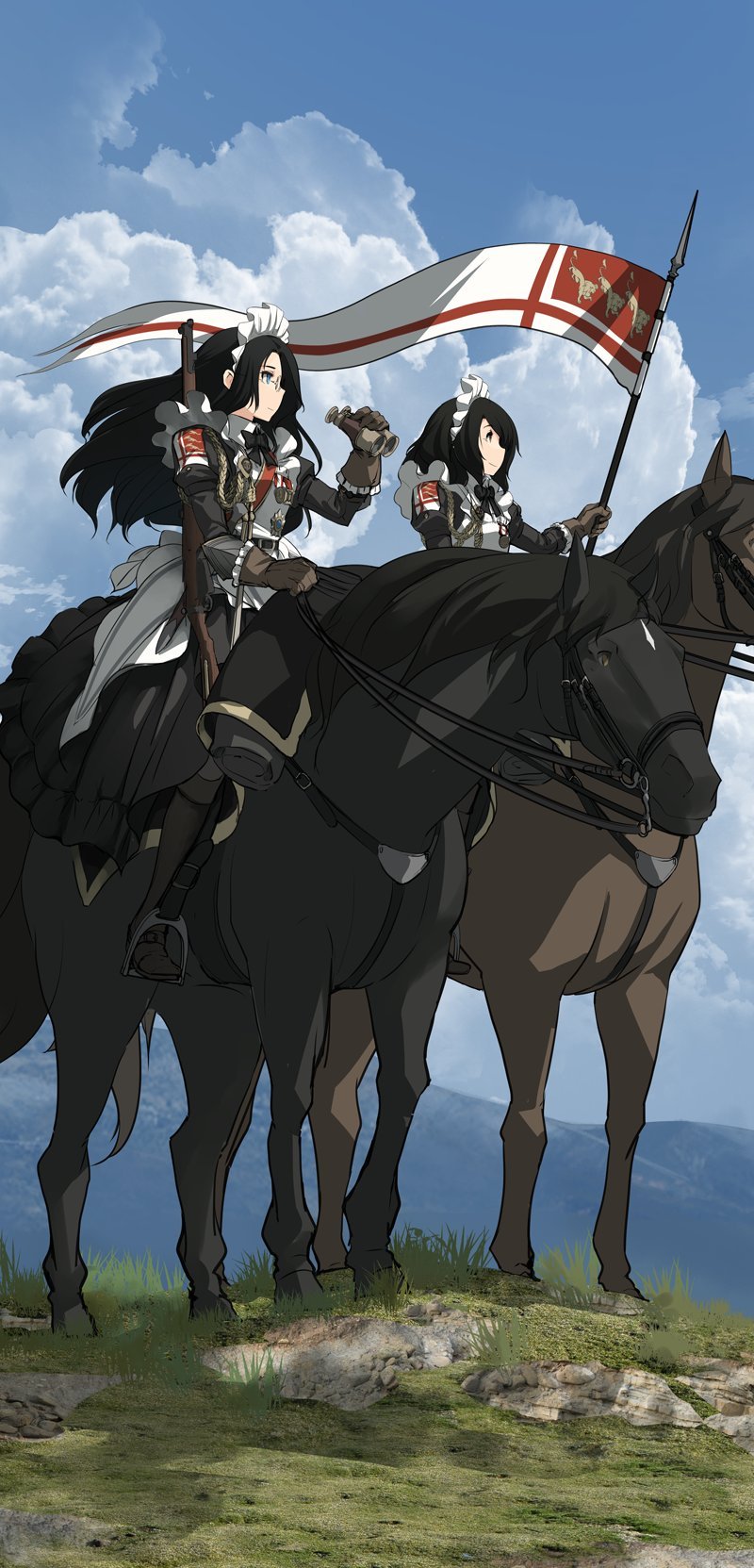

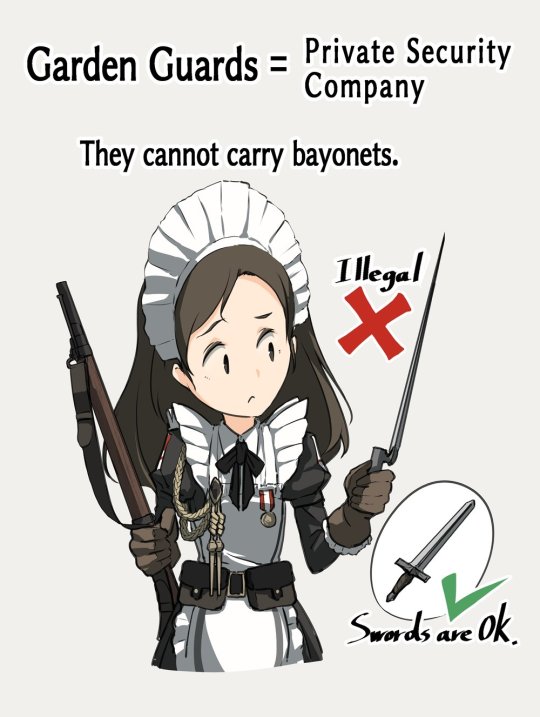

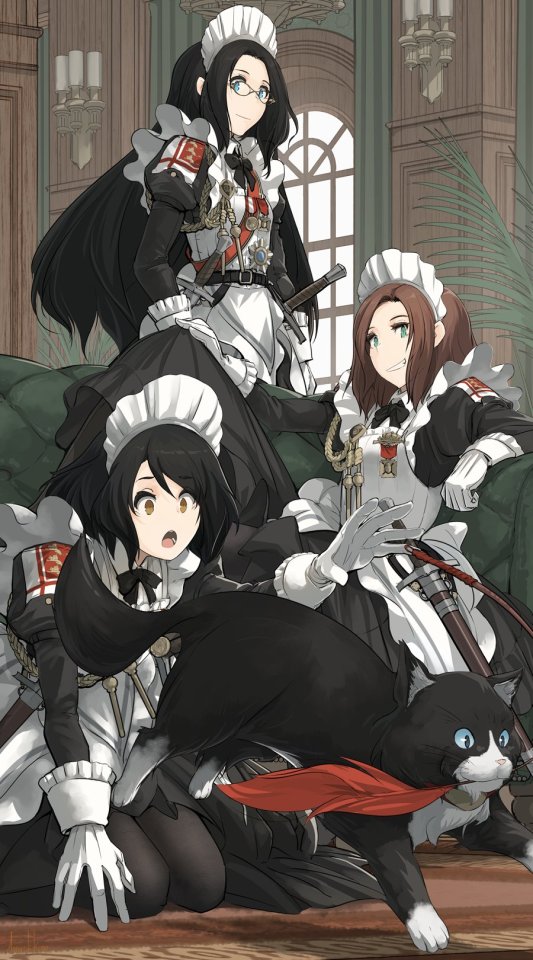

A swordsmaid with a curved sword
Dragoon maid
Logistics
Scouts
Sniper maid
No bayonets
Maid sniper Gina Wallace
New Years
A Way Out
By Asterisk Kome
203 notes
·
View notes
Text
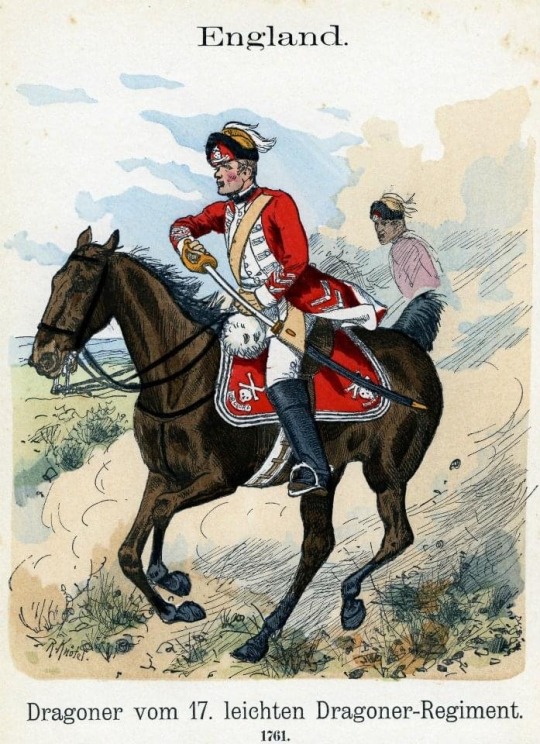
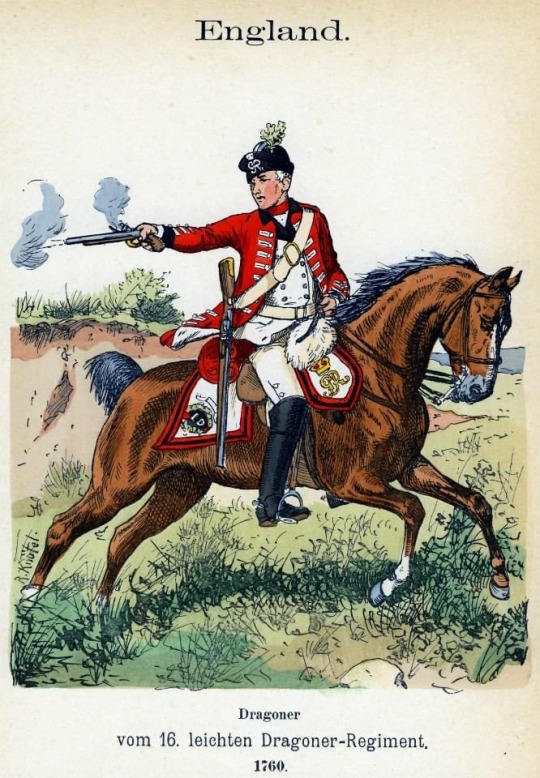


British cavalry of the Seven Years War by Richard Knötel.
#history#british army#military history#18th century#redcoat#redcoats#seven years war#7 years war#french and indian war#cavalry
82 notes
·
View notes
Text

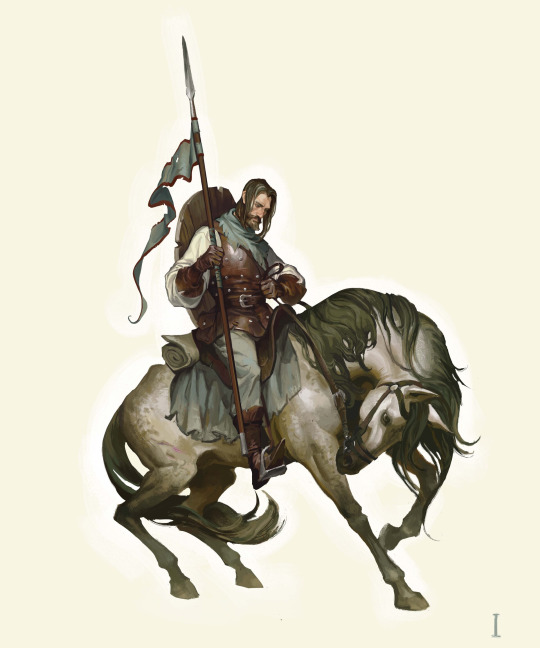



Cavalry design, by Yang J
#cavaliers#cavalier#knight#rider#horse#mount#plate armour#chainmail#lance#jousting#joust#cavalry#chivalry#fantasy design#paladin#fighter#warrior#heraldry
292 notes
·
View notes
Text

Vive l'Empereur! by Wojciech Kossak
#emperor#napoléon#napoleon#bonaparte#art#wojciech kossak#napoleonic wars#napoleon bonaparte#france#lancers#polish#french#cavalry#infantry#soldiers#troops#napoléon bonaparte#napoleonic#history#europe#european
149 notes
·
View notes
Text
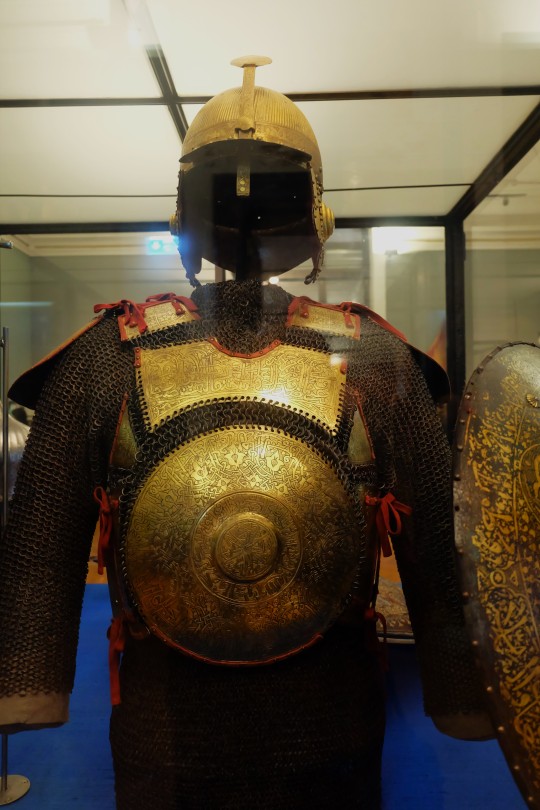
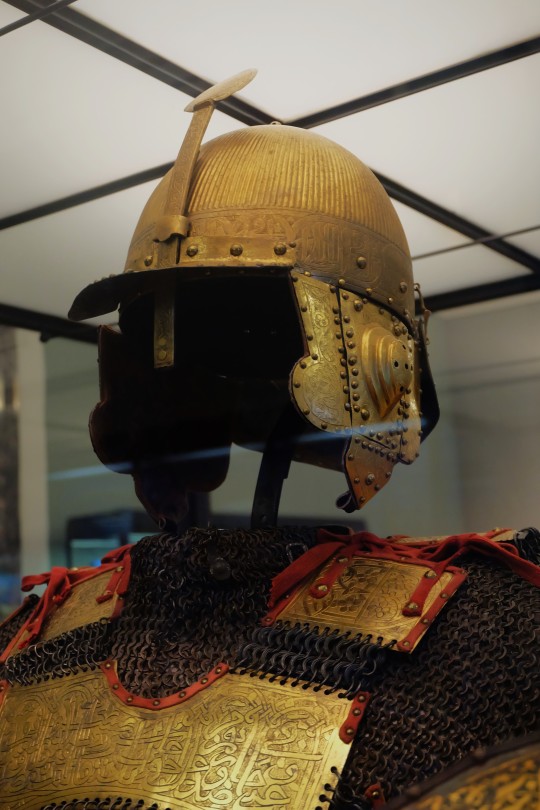

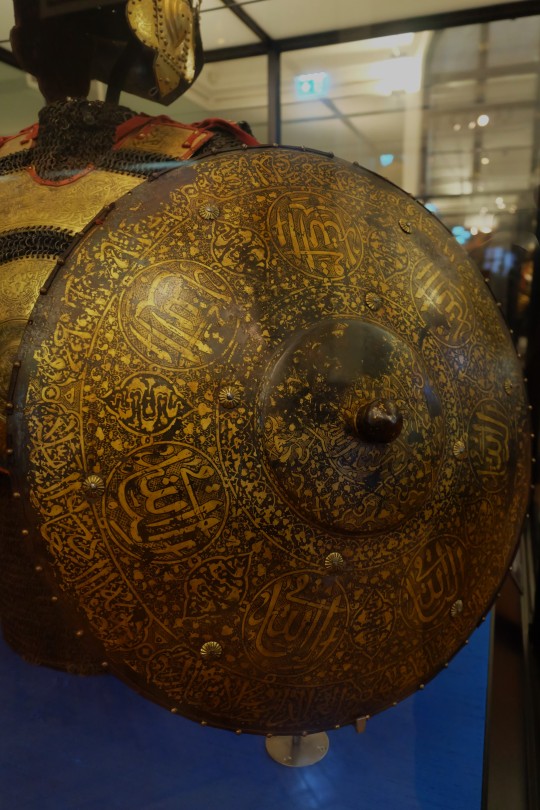
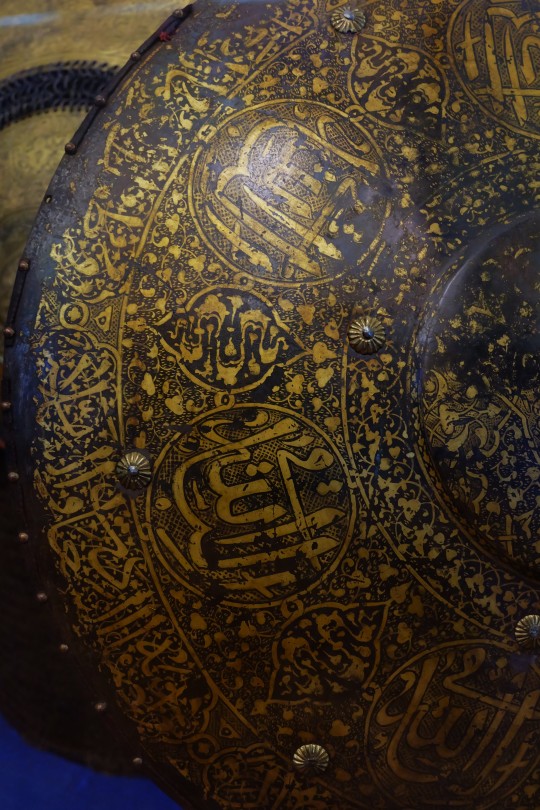
Mamluk Armour from Syria dated to the Early 16th Century on display at the Weltmuseum in Vienna, Austria
Photographs taken by myself 2022
#art#armour#military history#cavalry#fashion#16th century#renaissance#syria#syrian#mamluk sultanate#weltmuseum#vienna#barbucomedie
70 notes
·
View notes
Text
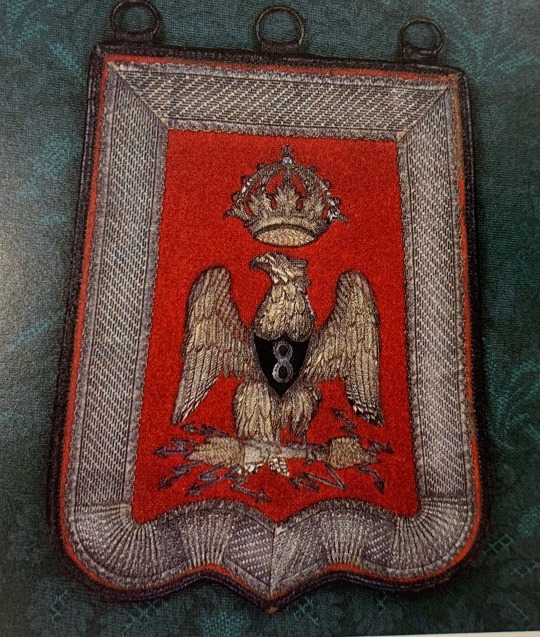



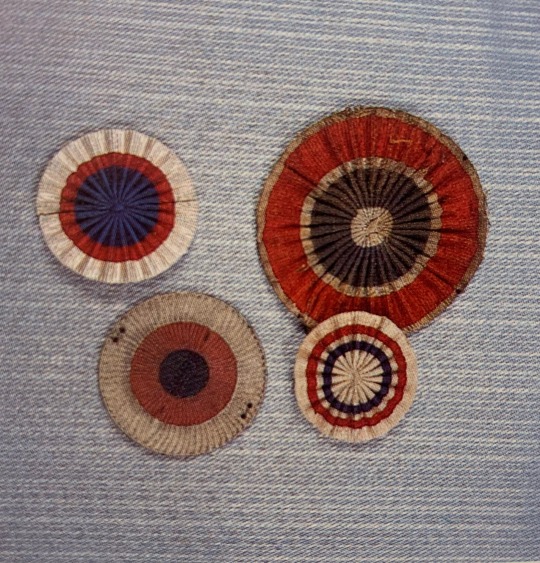


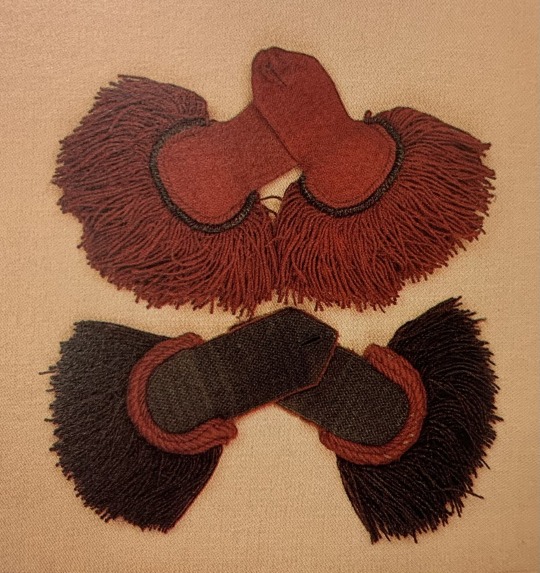
Pretty garments from French Napoleonic military uniforms
There was quite a lot of variety in the uniforms. Here is an account from a memoir of a soldier in Napoleon’s grande armée:
“I had been in the company for five months when, one Sunday, my chief squadron sergeant major, passing in review the preparations for inspection, stopped in front of me and, after looking me over from head to foot, said: ‘Parquin, you may have a handsome uniform, but you are not a soldier! Your gaze should be assured, look me squarely in the whites of the eyes; make me tremble if you can! You are in the army now!’”
Source: The Age of Napoleon, The Metropolitan Museum of Art
#military uniforms#pics#book pics#napoleonic era#napoleonic#The Age of Napoleon#napoleon#first french empire#19th century#french empire#napoleon bonaparte#france#history#fashion#fashion history#cavalry#grande armée#frev#french revolution#uniforms#soldiers#memoir#met#the met#epaulettes#cockades#bicorne#cockade#epaulette#bicornes
195 notes
·
View notes